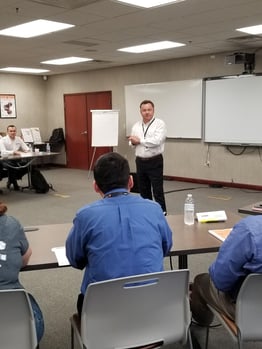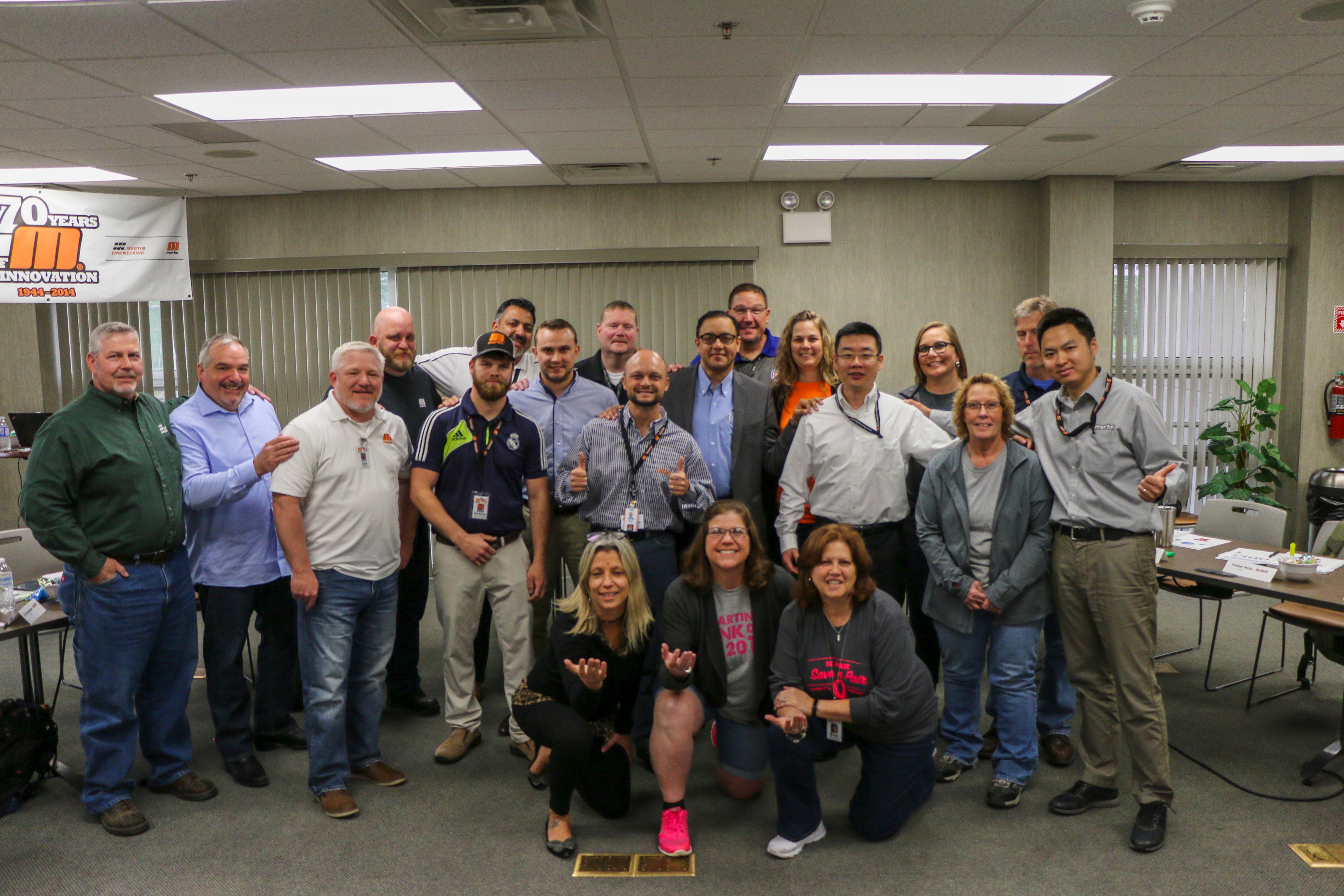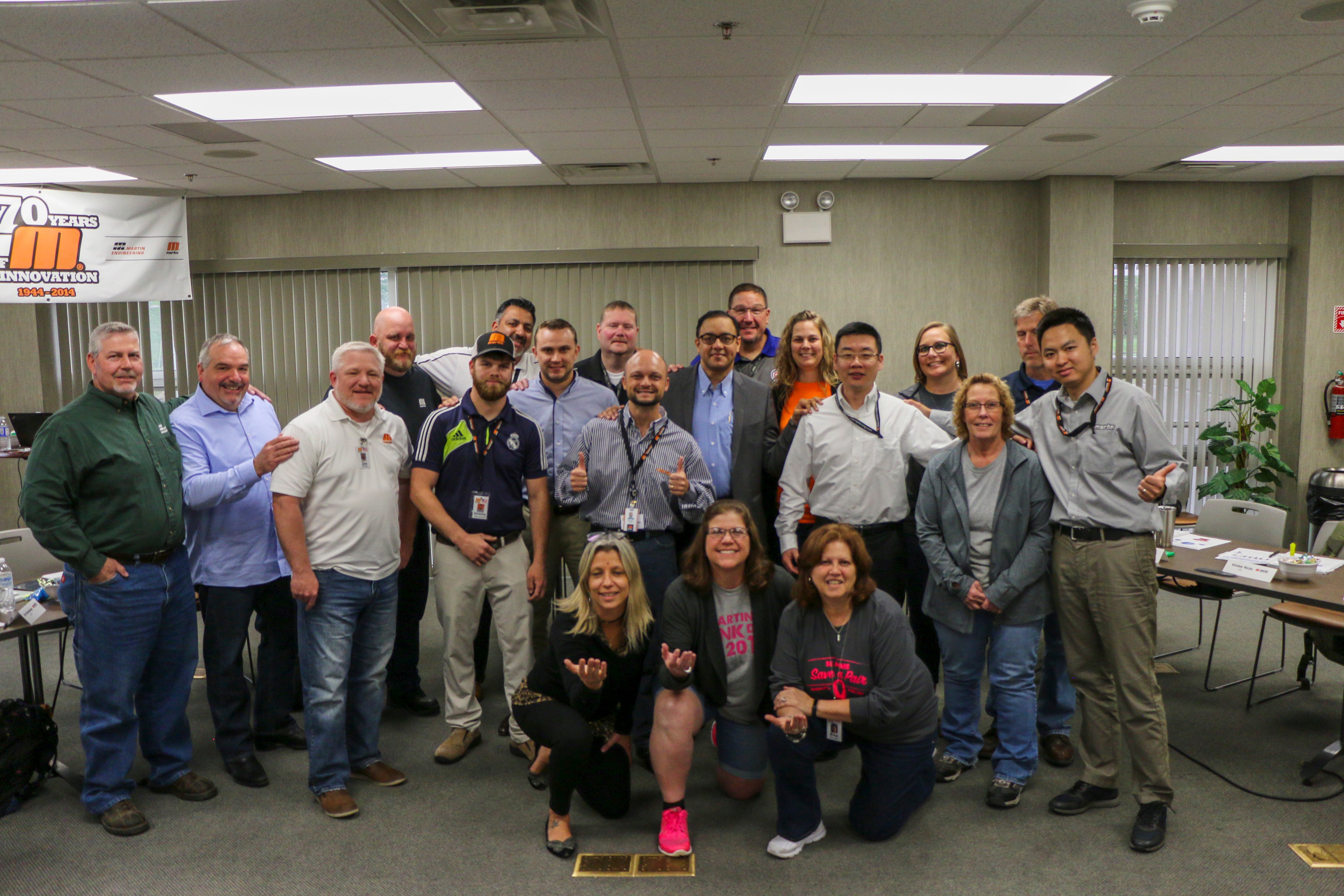By Jerad Heitzler on Dec 10, 2021 9:10:13 AM
I rarely get excited about things, I’m sometimes even cynical. I don't normally work too hard on changing my bad habits or exercising self-improvement (at least that is what my wife so kindly reminds me of). That all changed a few years ago. Not that long ago, it seemed that Martin Engineering was "a place to work." You came in, you worked hard, and you made a decent living. Things are very different now. It’s more than just a place to work...we don’t just make a decent living. It is rewarding and we understand how our work contributes to the goals of the company. We have a rewarding life and our goals are larger than the performance of the business.
 We went through a radical transformation in leadership several years ago. When this happened, all of us were led to the idea that our time at Martin could mean more. We could have a bigger impact on each other and those around us, we could be more than just be a company. We went through a class called Listen Like a Leader - a class that taught us how to connect to the people around us in meaningful ways. A class that I am now fortunate enough to teach to others/newcomers in our organization.
We went through a radical transformation in leadership several years ago. When this happened, all of us were led to the idea that our time at Martin could mean more. We could have a bigger impact on each other and those around us, we could be more than just be a company. We went through a class called Listen Like a Leader - a class that taught us how to connect to the people around us in meaningful ways. A class that I am now fortunate enough to teach to others/newcomers in our organization.
Behavior Tendencies
A critical concept in this class is understanding what we call behavior tendencies. Some refer to this concept as DISC profiles. Some of you may have even had a DISC profile performed in the past. The basics of behavior tendencies are simple - the idea is that there are 4 main profiles that most people tend to behave within:
D I S C
D = Dominant I = Influential S = Steady C = Compliant
Each profile has its own way in which people tend to behave, its own strengths, fears, and limitations. Recognizing your profile has huge advantages in self-awareness and self-improvement as you leverage your strengths.

Practice What You/We Preach
But, there is more to it than that. We use behavior tendencies to enrich the lives of those around us. We use the concepts to make our peers, our families, and our communities better. It’s great to know your own profile, but being able to correctly identify the profiles of those around you can give you the benefit of behaving in a manner that suits them. That is where the real value lies. When you behave in a way that is comfortable for those around you, you connect more deeply with them. They become more comfortable and with that comfort comes increased creativity, collaboration, and confidence. This tends to unleash better business results, create happier people at home and work, and build leadership qualities for people to take back to their communities.
"Style-flexing" as our class calls it, is not easy. It requires a deep understanding of the 4 profiles. It also takes acceptance of profiles that are different from your own. Acceptance includes the elimination of judging (not easy) people who differ from you. The most difficult step in style flexing is simply making the conscious choice to behave differently solely to make someone else’s life better. It takes a huge amount of discipline and flexibility to change what comes naturally to you and do things in a way that benefits someone who could be the polar opposite of you. And to do this for their well-being, success, and comfort.

This concept works for us, so I wanted to share a little bit about it in hopes it might help you communicate better - at home, at work, or even at the grocery store. A frustrating encounter can ruin your entire day or even week. It leaves both parties feeling upset, disappointed, or maybe mad. The next time those individuals communicate, I bet their walls are up and they are a bit defensive. I see this at home with my children (dad guilt enter here). We can all do better...and get better results!



comments